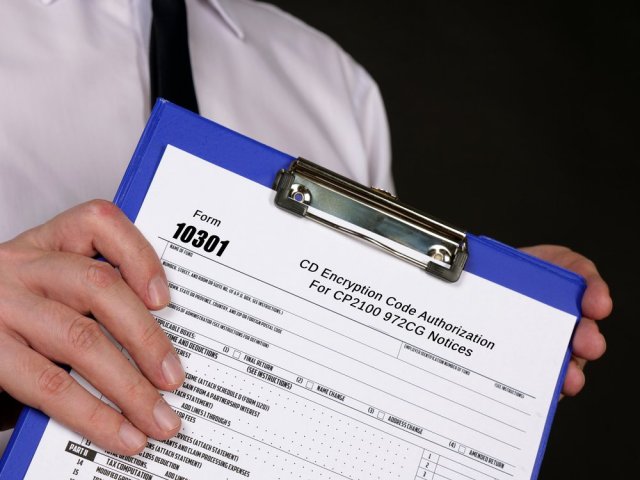
Benefits of Tax Relief Programs
In a world where financial stability is often elusive, tax relief programs emerge as a beacon of hope for low-income individuals. These programs, designed to alleviate the tax burden on those with limited financial resources, play a crucial role in fostering economic equity and social well-being. In this comprehensive article, we will delve into the world of tax relief programs for low-income individuals, exploring their benefits and the positive impact they have on society.
Understanding Tax Relief Programs
Before we dive into the benefits, it’s essential to grasp the essence of tax relief programs. These initiatives are government-backed strategies aimed at reducing the tax liabilities of individuals and families living on a limited income. They are often designed to ensure that those who earn less do not bear an unfairly heavy burden when it comes to taxation.
Tax relief programs can take various forms, such as tax credits, deductions, or exemptions. They may target specific demographics, including seniors, disabled individuals, or single parents. These programs serve a dual purpose: easing the financial strain on low-income households while simultaneously promoting social equality.
The Benefits Unveiled
1. Alleviating Financial Burden
One of the most apparent advantages of tax relief programs for low-income individuals is their ability to alleviate financial burdens. Taxation is a necessary aspect of government revenue collection, but it should be equitable. Tax relief programs ensure that individuals with meager incomes are not overwhelmed by their tax liabilities, leaving them with more disposable income to meet their basic needs.
2. Poverty Reduction
By reducing the tax burden on low-income individuals, tax relief programs contribute significantly to poverty reduction. When people have more money in their pockets due to lower taxes, they can better cover their essential expenses like housing, food, and healthcare. This, in turn, helps lift individuals and families out of poverty, leading to more stable and self-sufficient communities.
3. Encouraging Workforce Participation
Tax relief programs can be structured to incentivize workforce participation. By implementing measures like the Earned Income Tax Credit (EITC), governments encourage low-income individuals to seek and maintain employment. This not only benefits the individuals themselves but also strengthens the overall labor force, driving economic growth.
4. Supporting Education
Access to education is a critical factor in breaking the cycle of poverty. Tax relief programs often include provisions for education-related deductions or credits, making it more affordable for low-income families to invest in their children’s education. This support opens up opportunities for future generations and helps bridge the education gap.
5. Promoting Health and Well-being
Financial stress can take a toll on an individual’s physical and mental health. Tax relief programs help mitigate this stress, leading to improved overall well-being. With reduced financial pressure, low-income individuals are better able to access healthcare services and maintain a healthier lifestyle.

6. Enhancing Social Equality
Tax relief programs play a pivotal role in promoting social equality. They ensure that the tax system is progressive, with those who can afford to pay more taxes doing so, while those with limited means are given essential relief. This creates a fairer and more just society where everyone has an equal chance to thrive.
7. Economic Stimulus
During times of economic downturn, tax relief programs can act as a powerful economic stimulus. By providing additional funds to low-income individuals, these programs inject money directly into the economy, leading to increased consumer spending and economic growth.
Conclusion
Tax relief programs for low-income individuals are not just a financial lifeline but also a powerful tool for building more equitable societies. They alleviate financial burdens, reduce poverty, and promote workforce participation, education, and well-being. Moreover, they contribute to a fairer distribution of the tax burden, fostering social equality.
In a world where income disparities continue to widen, tax relief programs stand as a testament to society’s commitment to its most vulnerable members. By providing essential support, these programs empower low-income individuals to break free from the cycle of poverty and build brighter futures.
So, the next time you hear about tax relief programs, remember that they are not just about numbers and deductions; they are about changing lives and building a more inclusive society. If you are looking for tax relief firms, be sure to check out their page to learn more.



